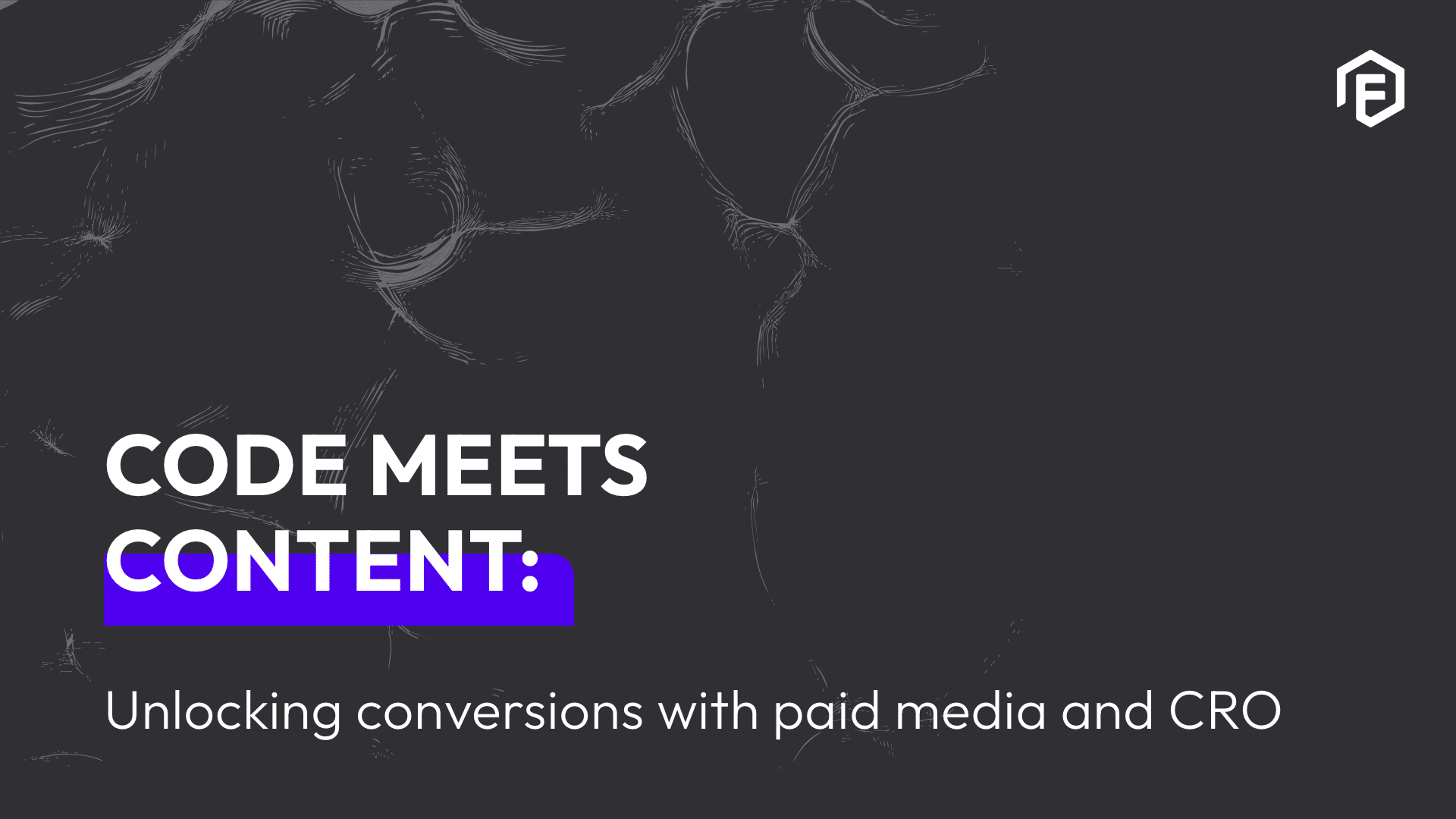Social media like Facebook, Instagram, Twitter, YouTube, LinkedIn and even the newer platforms like TikTok and Clubhouse can be powerful channels for both brand building and engaging with relevant target audiences. This is why developing a social media strategy is so important for brands who want to succeed online.
Learn more about social media advertising here.
With so many platforms out there, there is no shortage of content to consume. For brands especially, the digital space is highly competitive. So how do we break through the clutter?
Let’s start with the basics – what is a strategy? A strategy should be the foundation of any marketing activities. It is essentially a plan of action to achieve overall goals, and should answer the 4W’s:
- WHY do you want to be on social media? [Objectives]
- WHO do you want to reach? [Target Audience]
- WHAT content are you planning to share? [Content Marketing]
- WHERE are you going to post this content? [Social Media Marketing]
Something interesting to note is that social media marketing and content marketing are not mutually exclusive. The true marketing opportunity lies where you integrate the two.

A social media strategy focuses on making social media a successful channel for delivery of content. Whereas, content marketing focuses on creating and distributing consistent, relevant and valuable content to defined audiences when and where they are looking for it. A content marketing strategy should be the starting point of any social media strategy.
Content marketing fuels a social media strategy.
More than twenty years ago, Bill Gates released an essay titled “Content is King” which changed the course of digital marketing. He suggested that anyone or any brand could create and publish content online. But to be successful, there needed to be enough depth or interactivity in the content to capture the audience’s attention.
“Those who succeed will propel the Internet forward as a marketplace of ideas, experiences, and products – a marketplace of content.” – Bill Gates
While the importance of relevant and on-demand content still rings true. We now live in a world where there are multiple social media platforms audiences are consuming content on. The context in which audiences are consuming content now highly influences how they interact and engage with brands online.
Good content marketing is only as good as the context it is provided in. If brands are making good content AND taking into account the context in which it will be consumed, it won’t interrupt a consumer but meet them in their day in authentic ways.
Find out more about social media and B2B Marketing here.
How can we as marketers achieve this?
Create content that people are looking for and deliver it to them on the platforms they are looking for it. This can be done by employing an insight-driven social media and content marketing strategy.
Step 1: Set measurable objectives
The start of any good strategy should begin with understanding and setting measurable goals that align with business objectives. What do we want to achieve with our social media marketing plan? Brand building, community engagement, audience education, website traffic, database building, lead generation, online sales, or a combination of a few of these?
Step 2: Use MarTech to identify data-driven opportunities
This step is key and there are a multitude of tools available to gather insights. BrandWatch, Hootsuite and Meltwater are great for social listening. This helps brands get a better understanding of what target audiences are talking about, online sentiment and what’s trending not just around a brand but around an industry as a whole. Back up social listening data with search data. SEMRush and Google Trends provide great search insights which help take the guesswork out of what people are actually looking for online. From an audience perspective, research tools such as BrandMapp and Global Web Index provide a unique view of local consumers. This includes demographic data, online usage, interests, shopping behaviours and much more. Lastly, do some social stalking on your competitors. See what they are doing and what audiences are saying about them. Additionally, have a look at international accounts and award-winning campaigns for inspiration.
Step 3: Develop hyper-relevant content based on insights
Relevant content is influenced by your audiences’ interests, wants and needs. When done properly, content will resonate with target audiences on a more personal level and drive action. Every piece of content produced should provide some sort of value to the audience consuming it. This value can be information, education, inspiration, entertainment, utility or experience.
Step 4: Develop a content calendar
Developing a social media calendar can help you determine the right mix of content based on your marketing objectives. For example, you could choose to follow the 80-20 rule:
- 80% of posts educate, inform, inspire or entertain your audience.
- 20% of posts that directly promote your brand and drive action.
Furthermore, set up a posting schedule for where and when this content will be shared. Taking into account key dates will ensure tactical opportunities are not missed. Additionally, identifying the best time to post content based on the behavioural patterns of your audience and platform analytics will help maximise reach and engagement.
Step 5: Create content designed for the channel it will be consumed on
Understanding the various platforms and the mindset of people when they are using them. This will make it easier to create high performing content. One of the biggest misconceptions about content is that it only refers to written content, however, this is not true. Content comes in many forms including video, ebooks, infographics, GIFs, carousels, live streams, podcasts, virtual reality and any other types of content that people can read, listen or interact with. The audience on each social network have expectations of what they want to see on the platform. The following is a guide for the best types of content to publish on the four major social media channels:
- Facebook: Curated content and videos.
- Instagram: High-quality photos, stories and inspiration.
- Twitter: Timely news, trends, blog posts and GIFs.
- LinkedIn: Company news, thought leadership articles and professional content.
Step 6: Distribute channel-specific content
Depending on the social media channel the content is being distributed on. Some types of content will perform better than others on specific social media channels. This is why it is so important to understand how your audiences use and interact with the different platforms. Additionally, integrating a paid media strategy with your distribution will help increase reach and engagement amongst specified target audiences.
Find out more about social media and customer service here.
Step 7: Evaluate performance and optimise new content
Measure the success of your strategy by analysing social media performance. Report on findings on a daily, weekly or monthly basis. You may find that some strategies don’t work as well as expected. While others perform better than expected. This will help you re-evaluate your strategy and inform small adjustments that can be made to current campaigns to improve performance. Use performance data to test different social media tactics, content pieces and platforms against each other. Furthermore, these insights and learnings can be used proactively to inform future campaigns or digital marketing strategies.
The social media landscape is continuously changing. New networks emerge while others go through incremental changes and shifts. A successful social media marketing strategy should be robust and be informed by data and insights.
The global pandemic has changed shopping behaviours and consumers’ adoption of digital continues to accelerate. A social media strategy is no longer just a nice to have. It is now an integral part of consumer buyer journeys. Now more than ever, it’s essential for brands to create relevant content that audiences want to engage with. Quality content will help build trust and establish credibility online. Great content delivered at the right time through the right channel will make organic and paid social media campaigns more effective while driving consumers through the sales funnel.
Find out more about why it is important for your business to be on social media here.
Here at Flume, our clients come first. We offer various services, including web, app, platform production, SEO, Data Analytics, digital strategy, creative production, and publishing. Whether you need to revamp your website or create engaging social media content, Flume has the expertise to make it happen. So why wait? Contact us today to learn how Flume can help your business thrive in the digital world!



